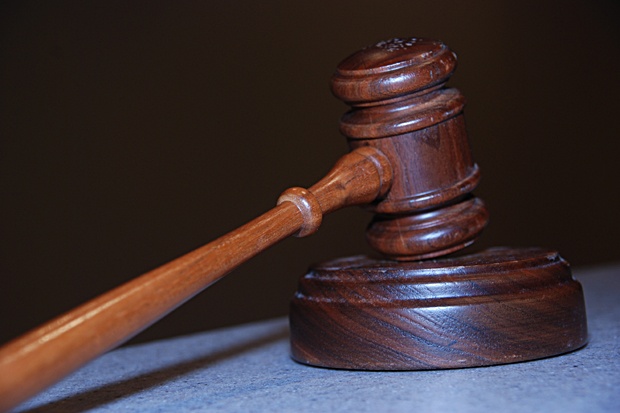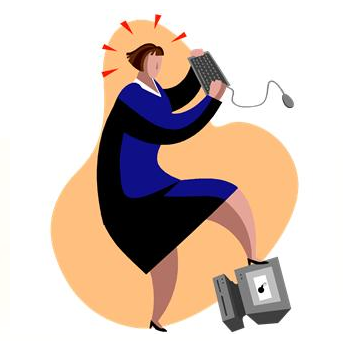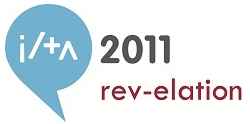eDiscovery Trends: Social Media Lessons Learned Through Football

The NFL Football season begins tonight with the kick-off game pitting the last two Super Bowl winners – the New Orleans Saints and the Green Bay Packers – against each other to start the season.
An incident associated with my team – the Houston Texans – recently illustrated the issues associated with employees’ use of social media sites, which are being faced by every organization these days and can have eDiscovery impact as social media content has been ruled discoverable in many cases across the country.
Last year’s NFL rushing leader, Arian Foster, recently “tweeted” a picture of the MRI image showing his injured hamstring to all of his followers on Twitter. The “tweet” provided an explanation of where his hamstring was specifically damaged.
The problem is that NFL teams guard specific injury information regarding their players as if they were trade secrets and in a sport where sidelining your opponents’ best players is a competitive advantage, telling those opponents where your injury is located is not a wise move (what was he thinking?). Also, there are strict guidelines within the NFL regarding the disclosure of injury information because (big surprise!) it can impact betting on the games.
Foster, who subsequently “tweeted” that he was just joking around, provided yet the latest reminder that former congressman Anthony Weiner and many others have provided before: think before you hit send.
But, as bad as the consequences can be to individuals who post content on social media sites unwisely, it can be just as bad (or worse) for organizations that employ those individuals.
Postings on social media sites by employees can range from simply embarrassing for an organization from a public relations standpoint to downright damaging to the organization in the form of disclosure of confidential information. The risk is clear. Yet, in the socially technological world in which we live today, it is impractical for organizations to “ban” use of social media sites by their employees. It’s going to happen and companies have to be prepared to address it.
The best way to address it is to implement a sound social governance policy that provides guidelines for acceptable and unacceptable behavior on social media sites and the consequences for the unacceptable behavior. Implementation includes education with training examples that clarify any ambiguities. This blog post from last year illustrates factors to address in a good social governance policy. Hopefully, someone from the Texans is explaining these concepts to Arian Foster.
So, what do you think? Does your organization have a social governance policy? Does it train employees on the use of that policy? Please share any comments you might have or if you'd like to know more about a particular topic.







